“We use 3D modeling tools to design guitar bodies to have target tonal and resonance characteristics”: The innovative tech that brought Yamaha’s groundbreaking 2024 Pacificas to life
Yamaha’s new Pacifica Professional and Standard Plus have a familiar shape, but deliver a revolutionary take on the much-loved S-style, drawing on a collaboration with Rupert Neve Designs and what the brand learned from the Revstar
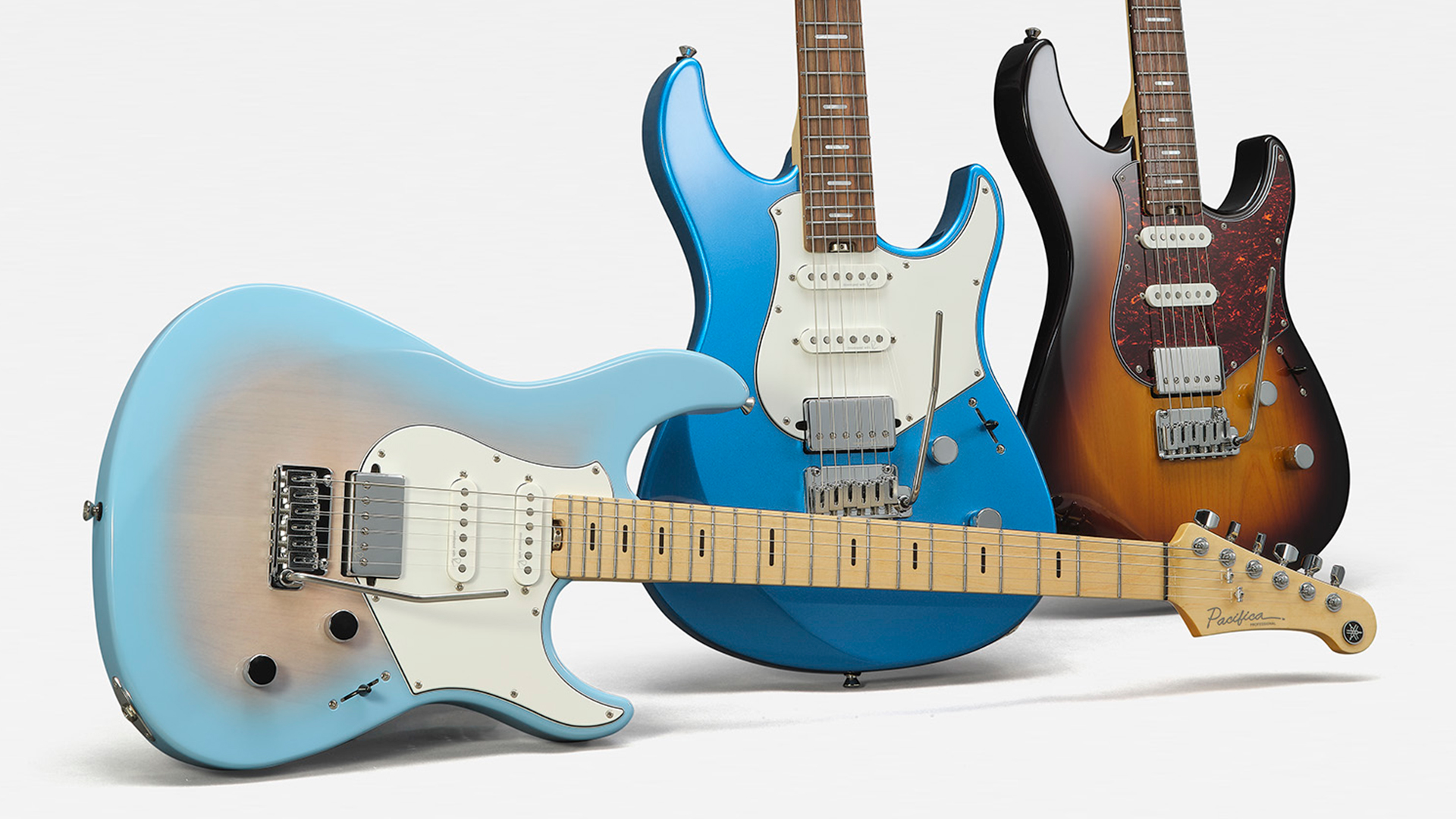
The original Pacifica design was first released in 1990 and was conceived as a high-end ‘improved’ Strat-style guitar by the small team at the just-opened Hollywood R&D centre.
It’s named after a city above San Francisco and was joined by a more Les Paul-inspired guitar, the Weddington, named after the street in which the facility was located. Ironically, the guitar’s success, in terms of numbers, came a couple of years later with the huge-selling, lowly priced Pacifica 112.
The new Pacifica Professional and Standard Plus models, which have been some time in development, retain the essence of that original design, and Yamaha Electric Guitar Product Owner Yusuke Ota provides some insight into the process.
Yusuke, can you introduce yourself to our readers?
“I hold the position of electric guitar product owner at Yamaha. In this position, I played a central role in the design process of the new Pacifica guitars. My responsibilities included defining the target customers, articulating the unique benefits offered by the new Pacifica guitars to the customers, and meticulously specifying every aspect of their specifications.
“Additionally, I am tasked with crafting Yamaha’s electric guitar strategy and overseeing the development and maintenance of the electric guitar/bass product roadmap throughout its lifecycle.”
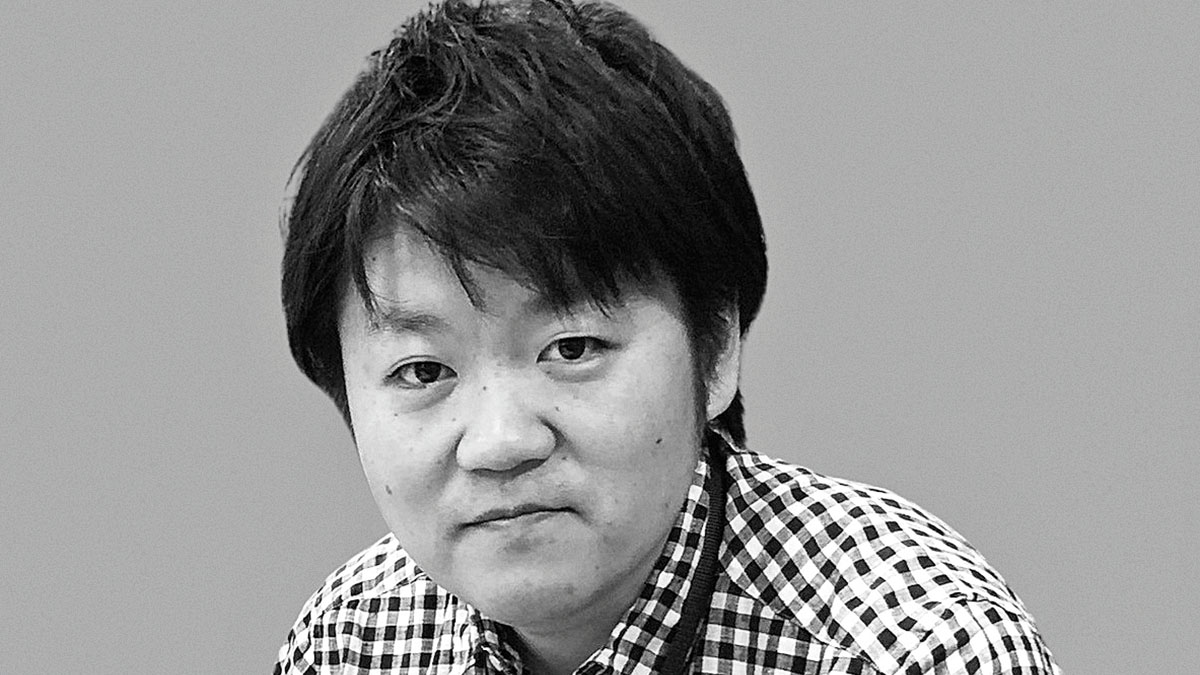
There appear to be some references to the Revstar design in these new Pacificas. Was that a fundamental part of the new Pacifica designs?
Get The Pick Newsletter
All the latest guitar news, interviews, lessons, reviews, deals and more, direct to your inbox!
“Yes, the new Pacifica designs do incorporate elements from the Revstar design. One notable appearance aspect is the pickguard shape, which shares the same angled design towards the upper right corner, reflecting a consistent brand identity across models.
“Additionally, both the Pacifica and Revstar models embrace a similar Acoustic Design philosophy focused on controlling body stiffness and vibration to enhance sound quality and balance.
“Just an aside, the angle of the pickguard mirrors that of one of the tuning forks in the badge on the headstock, adding to the cohesive design language shared among the Pacifica, Revstar and BB bass series. This is one of the examples of how we think attention to detail is important for designing the product.”
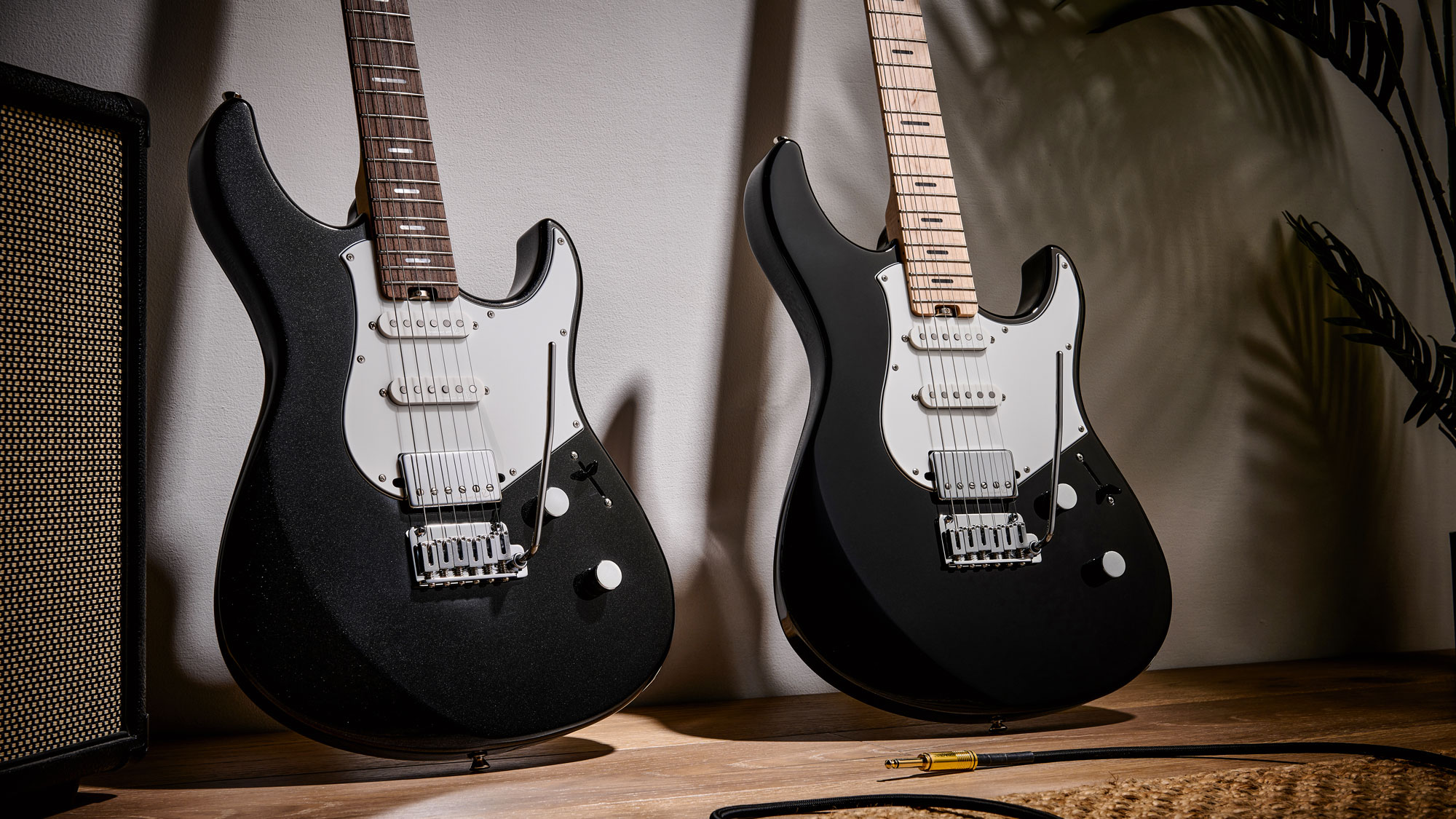
Could you give us some insight into that Acoustic Design technology? What exactly is it and how does that help to voice the acoustic response of the new Pacifica guitars?
“Yamaha’s Acoustic Design is the process that uses advanced measurement, analysis and 3D modelling tools to design guitar bodies to have target tonal and resonance characteristics.
“Through extensive acoustic analysis, we’ve discovered the importance of consistent and synchronous vibrations across the entire body and neck. If each component vibrates freely but inconsistently, the vibrations sacrifice each other and do not incorporate rich resonance from the guitar.
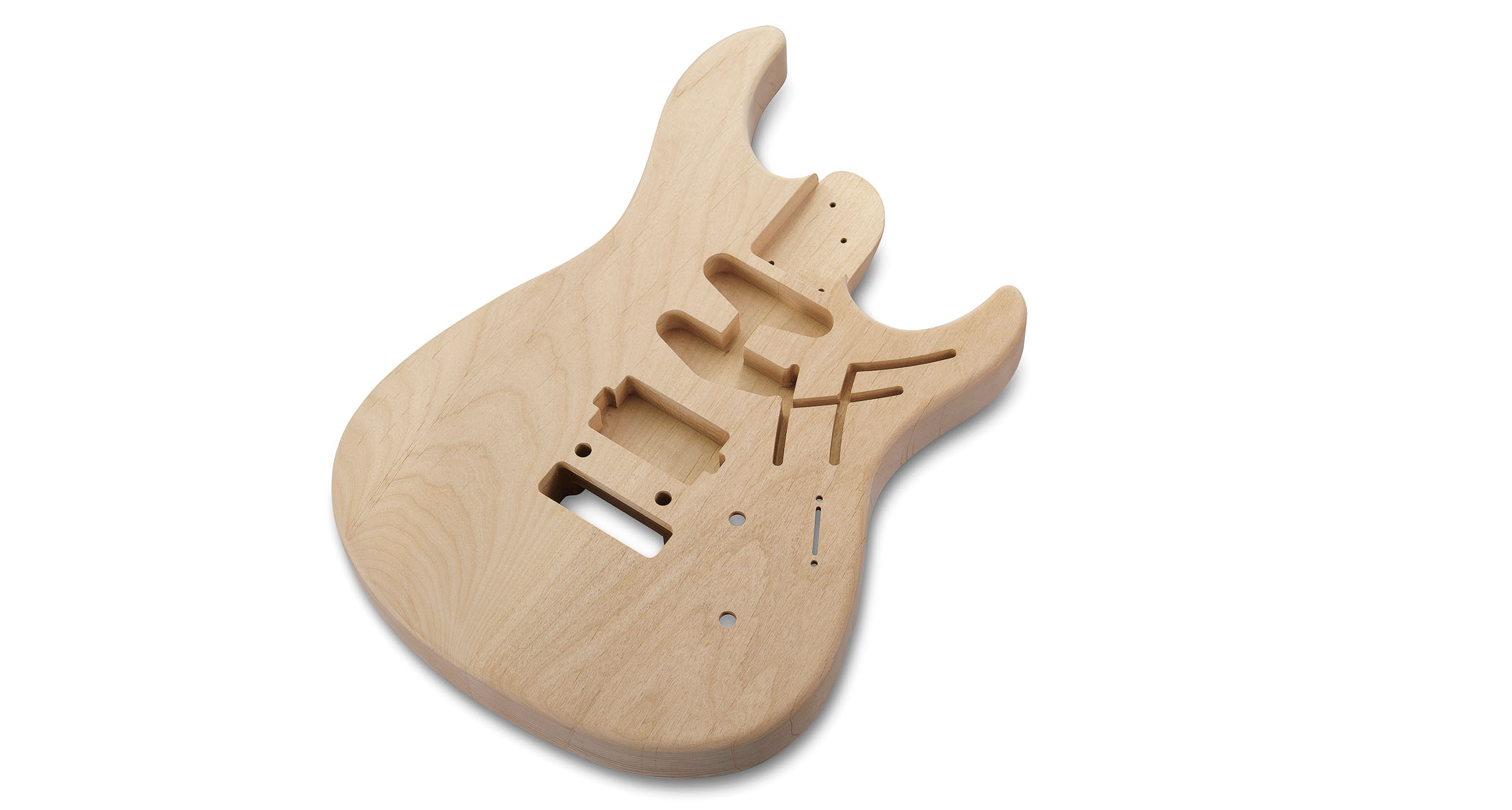

“For the new Pacificas, we implemented a unique routing pattern under the pickguard and added a brace inside the electronics cavity. These enhancements serve to increase body resonance and balance its tone by precisely controlling the stiffness of the body.
“By decreasing stiffness under the pickguard and increasing it within the electronics cavity, we optimise vibrations for rich resonance and balanced tone. Even in one-piece bodies, where different vibrations occur, our Acoustic Design technology ensures consistency through meticulous tuning. This process heavily relies on 3D simulation to refine and perfect the acoustic characteristics of our guitars.”
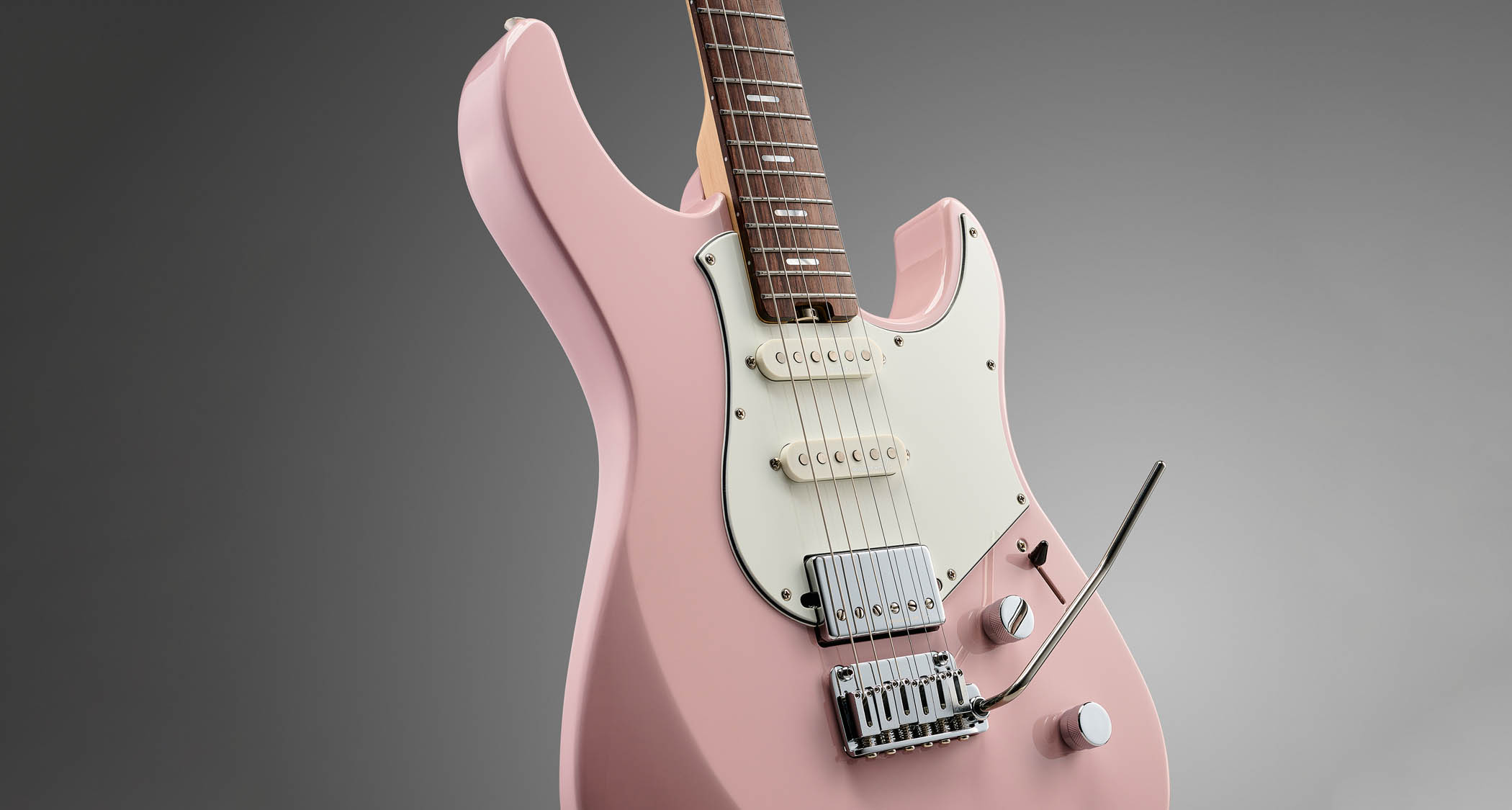
The Professional model goes through Yamaha’s IRA process, too. Can you tell us what that involves and what Yamaha thinks it brings to the final guitar?
“Initial Response Acceleration is exclusively available on our Japanese-made guitars. The IRA process applies specific vibrations to finished instruments, removing stresses between components for a ‘played-in’ sound and feel.
“The optimum application is determined for each individual instrument. There is no preset process based on series, tier or model. We hear the results most clearly as increased sustain in mid and high frequencies.”
It is unusual for Yamaha to co-develop a pickup. When did you start working with Rupert Neve Designs – known for its studio technology, not pickup design – and what did the company bring to the project?
“As you may know, Yamaha has had a longstanding partnership with Rupert Neve Designs in the PA category. However, this is the first time working with them on guitars.
“RND is globally renowned in the audio engineering industry, with audio transformers serving as the cornerstone of their design philosophy, integral to virtually every RND product.”
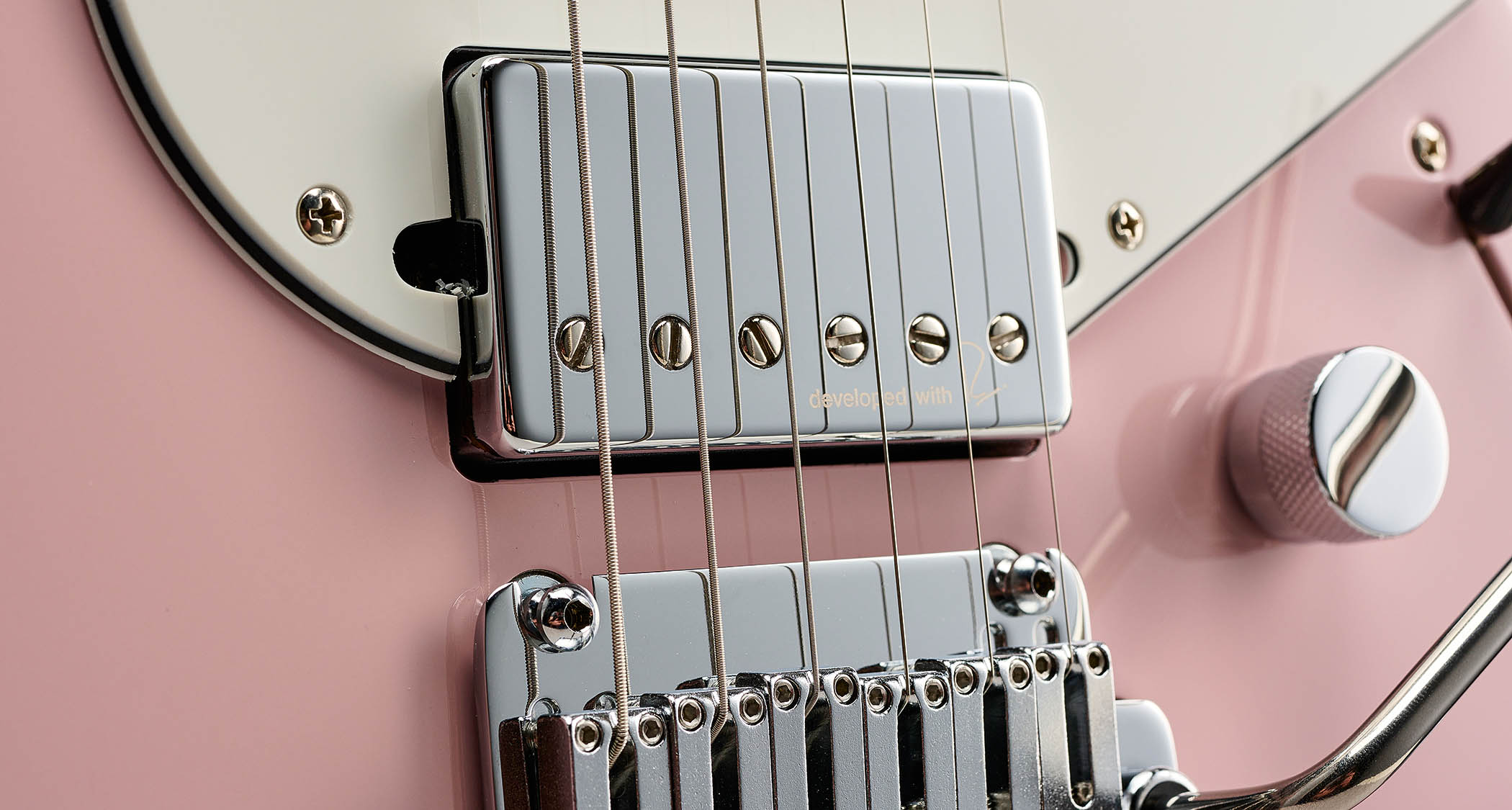
“Given that electric guitar pickups operate similar principles to audio transformers, we leveraged RND’s deep expertise in our Reflectone pickup development and facilitated the transition to mass production in a consistent and repeatable manner, thanks to Yamaha’s robust production and quality management system.
“Through our collaboration, we meticulously designed pickup specifications tailored to the acoustic characteristics of the new Pacifica. These specifications include details such as polepiece material, coil-winding method, magnetisation technique, bobbin shape, and so on. However, specific information remains confidential.
“The collaboration began coincidentally when Yamaha visited one of the RND engineer’s garages, where they found pickups on his workbench that he had wound as a hobby. These pickups were then brought back to Yamaha Japan as a reference pickup for the development. This engineer, Dennis Alichwer, known for his exceptional knowledge of audio transformers, played a pivotal role in the collaboration. He talks about this behind‑the-scenes story in this video [below].”
Can you tell us a little more about the Reflectone humbucker?
“The Reflectone humbucker is specifically tailored with the Reflectone single coils, providing a clear and wide range of tonal characteristics across all positions. Unlike typical HSS pickup configurations, where volume differences may be noticeable from position to position, the Reflectone pickups maintain consistent volume levels regardless of the selected position.”
And the single coils?
“Thanks to the collaboration with RND, the Reflectone single-coil pickup offers both powerful bass and sparkling treble, overcoming the typical trade-off between the power of the bass and the brightness of the treble found in traditional pickups. This makes the Reflectone pickups versatile enough to be suitable for a wide variety of musical styles in recent times.”

Dave Burrluck is one of the world’s most experienced guitar journalists, who started writing back in the '80s for International Musician and Recording World, co-founded The Guitar Magazine and has been the Gear Reviews Editor of Guitarist magazine for the past two decades. Along the way, Dave has been the sole author of The PRS Guitar Book and The Player's Guide to Guitar Maintenance as well as contributing to numerous other books on the electric guitar. Dave is an active gigging and recording musician and still finds time to make, repair and mod guitars, not least for Guitarist’s The Mod Squad.
“What blew me away was that everyone wanted the curly maple top. People were calling, saying, ‘I’ve got to have the bird inlays’”: Paul Reed Smith on raising the Standard 24, finally cracking the noise-free guitar and why John Sykes is a tone hero
“Among the most sought-after of all rhythm guitars… a power and projection unsurpassed by any other archtop”: Stromberg has made a long-awaited comeback, and we got our hands on its new Master 400 – a holy grail archtop with a price to match











